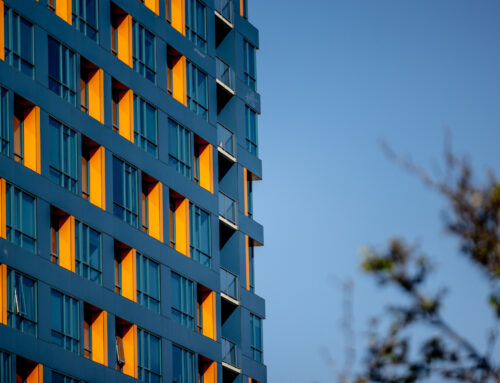For the past few years leading up to 2020, companies were focused on the social aspects of business. This was manifested into trending workspace designs that have reshaped the physical spaces that companies call home.
Cutting-edge office developers have adopted stimulating atmospheres to get team members together, inspired, and collaborative. It led to a new industry-standard where the shared office template was established all over the world.
While this year had some big plans laid out for highly-collaborative workspace designs, COVID-19 happened, and everything changed. After years of investing in office spaces that bring people together, the whole world is currently finding every possible way to widen the gap and social distance.
Unfortunately, that ‘golden spot’ of shared offices that CRE had finally come upon needs to head back to the drawing board.
Here’s what the post-COVID world means for co-working and shared office spaces.
Fluid Workflows Need More Structure
The days of hopping from one desk to another are probably long-gone post-COVID.
One of the largest appeals to coworking, shared, and even open office spaces is the ability to step outside of the box. Team members don’t need to be tethered to their desks. They were able to find the perfect space for each task and switching seats was a regular thing.
But, the post-COVID world will be viewing this approach as a risk for contagion. High-traffic areas like privacy pods, computer labs, and lounges won’t be nearly as attractive as they used to be.
People will want to limit the exchange of contact, so we’ll be dealing with a solid push for solidarity and personal space.
Making Room for Remote Workers
While we’re all stuck at home right now, the WFH trend will fall away after COVID – but not completely.
Remote working will be more widely accepted and exercised across the board, but people will still be eager to head back to the office once the situation subsides. This will be expressed in many different ways.
Now that the entire world has seen how easy it is to make remote working a reality, companies will be more open to continuing this trend into the future. This means that work schedules will continually become more flexible and mobile as team members aren’t required to be in-office for every little task.
Technology will play a big role in making this all work. Office spaces will be required to have powerful tech tools to fill in the links between the remote team members and those at the office.
Personal Offices Will Be in Hot Demand
All in all, expect to see a big spike in demand for personal office spaces.
Concerns relating to highly-contagious, fairly mysterious, and generally frightening pathogens will take a big hit at people’s openness to adopt shared office spaces again. Companies will be looking to get back to basics, helping them mitigate the risks associated with large populations congregating in communal spaces.
Across the board, experts are expecting to see a decrease in the traditional co-working space.
Shared workspaces and co-working have some work to do before they’re ready to woo the post-COVID world.






